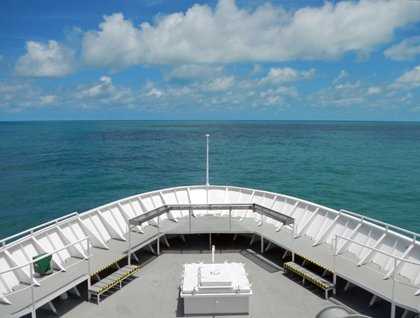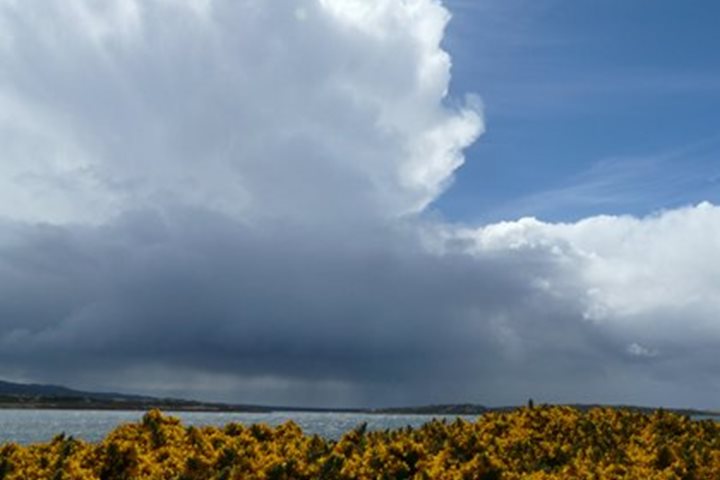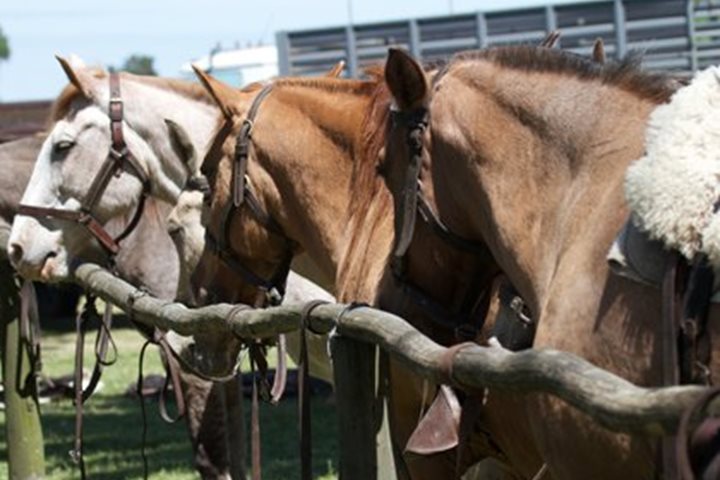This morning we sailed over the bar of the Essequibo River in Guyana. We had to time our departure to coincide with the highest tide because the bar is very shallow. We made it over without much water under the keel—but enough. All along the way we were dodging fishing gear which had been set right in the middle of the channel and which made the transit even more interesting than it would have been otherwise. As we reached the ocean we sailed for miles in the muddy river water, which extends far out to sea, floating on top of the more dense salt water. Finally we reached the blue ocean water and then began to see more fishing activity. The ship traffic in the river water was comprised primarily of small ships bringing in fuel oil from Venezuela as Guyana has no local petroleum supply.
After a very full day yesterday, which included a speedboat ride up the river, followed by a wonderful airplane ride up to the Kaieteur Falls where we walked to the falls and along the river, then we returned by another airplane ride and speedboat trip back to the ship, everyone was ready for a day at sea to catch up. We spent the day with presentations on the rain forests of South America and the ethnobotany of rain forest plants. In the afternoon we screened the film Papillion to prepare us for our visit to Devil’s Island in French Guyana if a few days. The rest of our day was spent reviewing our many photographs from our trip to Kaieteur Falls and enjoying watching the sea pass beneath the keel. We were sailing against the South Equatorial Current, which extends a few degrees into the Northern Hemisphere and noticed that the ship was being set at a rate of nearly 1 knot astern. This current continues on westward to carry warm equatorial water into the Caribbean and is one of the most important currents in the equatorial Atlantic.









